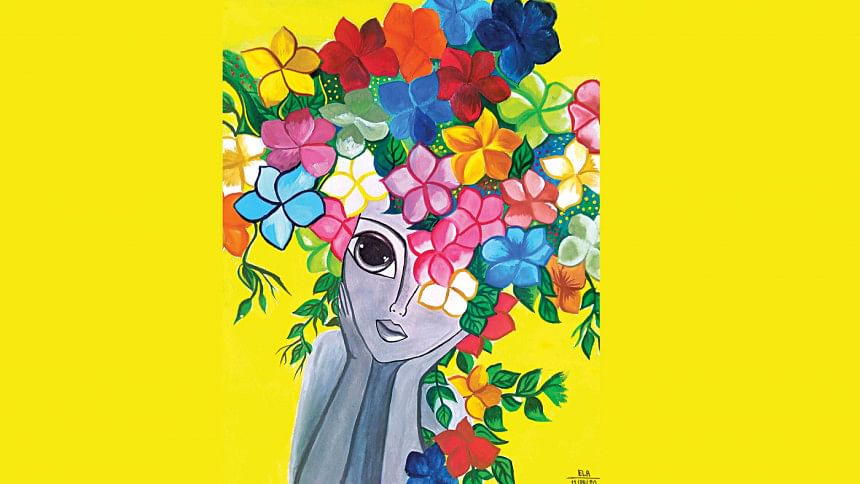Art therapy: Healing emotional trauma through creativity

The word "create" has been derived from the Latin word creare and this word is also etymologically associated with "growing." To create something is to do; to do is to produce and this production bears both cognitive and social benefits for the subject involved in the task. The link between unconsciousness and art is a fascinating one and art therapy can be very useful for patients suffering from severe mental health issues such as depression, dementia, anxiety, and even post-traumatic stress disorder.
Experts have defined art therapy as a form of expressive therapy that uses the creative process of making art to improve a person's physical, mental, and emotional well-being. Mental illness and art are two different fields and yet, they are very intimately connected. Art is the manifestation of our innermost emotions and therapists have been using this link to explore art as an alternative to help those who are suffering from different psychological distresses. Well-renowned psychoanalyst Otto Rank has proposed that art can be a way to overcome distress and Melanie Klein has suggested art as a means of recognising the structure of the mind. Various psychoanalysts have recently begun to establish that art is a sort of vehicle that facilitates mobilisation. By mobilisation, the experts are referring to the anguish experienced by an individual and art can be a creative way of transforming or reshaping traumatic experiences.
This powerful medium has become quite popular in the field of medical sciences. There are all sorts of therapies that involve different forms of art such as music, painting, writing, photography, etc. People usually do better when they are part of a creative process, for example, people suffering from terminal cancer benefit from the humorous situation in the performing arts and for this purpose, in some hospitals, there is a therapy known as clown therapy. One does not always have to see a therapist to experience the therapeutic benefits of artistic expression. However, visiting a licensed professional has its advantages, as the therapist can tailor each activity to that individual's needs.
Writing is equally a very effective medium to release emotional pain. Words always communicate our emotions and actions; and anyone can reach a state of calmness through putting their thoughts into words. Hence, journaling has been recommended by many experts. Again, studies show that creating art stimulates the release of dopamine, and this chemical is released when we do something pleasurable — this gives us a sense of accomplishment. It is very crucial to remember that no one needs to be an expert in creating art or to try art therapy. The simple steps are to brainstorm and write down the preferred ideas. It is important to listen to yourself and lovingly accept all your emotions and thoughts.
The greatest benefit of art therapy is that it gives an individual a healthy outlet for expressing and releasing all their feelings and fears. Though the concept of art therapy is a very recent one, it is a very powerful medium to fight stress, anxiety, or any other emotional trauma. Every form of art helps us to heal as it allows an individual to be compassionate and empathetic. Anyone can choose the materials as well as the type of art they like and transform their emotional wounds into something beautiful and meaningful. During the process of art creation, people take themselves to the path of self-discovery, and it certainly aids them to eliminate emotional roadblocks and connect with themselves as well as others.
By Ayman Anika
Artwork by Hamida Akter Mira

 For all latest news, follow The Daily Star's Google News channel.
For all latest news, follow The Daily Star's Google News channel. 



Comments